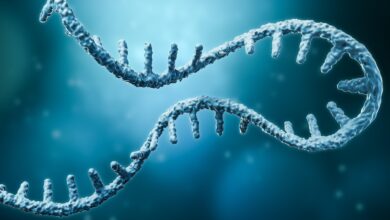
The enigmatic Paracas skulls are surely one of the most enigmatic discoveries ever made. Discovered deep in the desert peninsula of Paracas, on the southern coast o Peru, in the barren landscape Peruvian archaeologist, Julio Tello came across a complex and sophisticated graveyard in 1928. What he found buried there could change everything we know about the history of mankind.
Even though skeptics remain unconfident about the Paracas skulls, many people believe not only could they indicate a missing link in humans origins, but an entirely new species that did not originate on Earth. It’s up to science to decide who is right.
Related: DNA Test Results: Paracas Skulls Are Not Human
Here we have 10 interesting facts about the Enigmatic Paracas Skulls, a set of controversial human remains that would forever change how we look at our ancestors and our origins.
1. The bodies in the tombs had some of the largest elongated skulls ever discovered on the planet.
2. The Peruvian archeologist discovered over 300 mysterious skulls which are believed to be at least around 3000 years old.
3. There are certain South American tribes that used to ‘bind infant’s skulls’ in order to change their shape, resulting in a drastically elongated cranial shape that resembled anything but ordinary humans.
4. By applying constant pressure over a long period of time with the use of pieces of mood, the ancient tribes would achieve a cranial deformation which can also be found in ancient cultures from Africa.While this type of cranial deformation changed the shape of the skull, it did not alter the size, weight or cranial volume, all of which are characteristic traits of regular human skulls.
5. The cranium of the Paracas skulls is are least 25 % larger and up to 60% heavier than the skulls of regular human beings.
6. Not only are they different in weight, the Paracas skulls are also structurally different and only have one parietal plate while ordinary humans have two.
7. Five samples of the Paracas skulls were sent to undergo genetic testing. The samples which consisted of hair, skin teeth and some fragments of cranial bones gave incredible details that have fueled the mystery surrounding these anomalous skulls. The genetic laboratory to where the samples were sent was not informed of the origin of the skulls in order to avoid ‘influenced results’. The mitochondrial DNA, which is inherited from the mother, showed mutations that were unknown to any man, primate or animal found on planet Earth.
8. The mutations present in the samples of the Paracas skulls suggest that researchers were dealing with a completely new ‘human-like being’, very different from Homo sapiens, Neanderthals or Denisovans.
9. According to Brien Foerster, “It had mtDNA (mitochondrial DNA) with mutations unknown in any human, primate, or animal known so far.”
10. A geneticist who participated in the study said: “the individuals from the Paracas skulls were so biologically different that it would have been impossible for humans and them to ‘interbreed’. “I am not sure it will even fit into the known evolutionary tree.”




